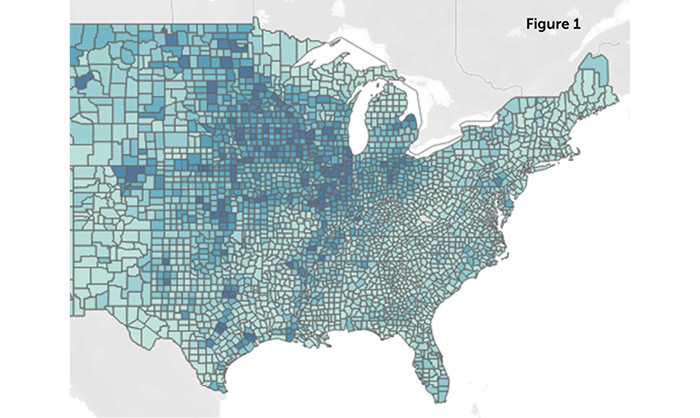Agriculture Contains Public Enemies 2, 3 & 4
In life, it seems like there always needs to be a bad guy. Maybe it’s just human nature to look for some kind of public enemy when something goes wrong.
Back in the early part of the 20th century, the alcoholic beverage industry was Public Enemy No. 1. When I was growing up in the 1970s, the tobacco industry filled this role. Today, the fast food marketplace is getting much of the blame for U.S. societal ills.
For agriculture, this public enemy stigma is, unfortunately, all too familiar. Although our industry has never risen to the No. 1 spot on the hit list, it could be argued that crop protection products, fertilizer and biotech seed easily occupy spots 2, 3 and 4 in the public enemy ranking. For evidence, consider just these three recent examples:
- Various environmental groups for the past few years have called for the banning of the herbicide atrazine — despite its 50-year track record — because of a supposed link between it and environmental concerns.
- A recent study entitled “Troubled Waters” by the Environmental Working Group blames farming and its use of nitrate fertilizers for many of the nation’s current water issues.
- The Save Our Crop Coalition, made up of 2,000 growers and food companies, is urging the USDA and EPA to delay the introduction of 2,4-D and dicamba-resistant crops — scheduled to appear during the next few years — because these could lead to an increased use of these herbicides by growers, potentially increasing the risk for spray drift issues.
In each of these instances, the public enemy moniker is being hung prominently on the necks of parts of our industry that are critical to increasing yields to feed, cloth and fuel global appetites. Discontinuing or preventing these products/practices would make the world a brighter, happier place for everyone, claim the critics, and all of us would be living in paradise on Earth.
But, going back to my first example, complete temperance in the early 20th century didn’t stop overdrinking and its associated problems. It merely pushed them into new, covert directions until Prohibition was repealed.
Banning atrazine, likewise, would cause soil problems. According to one University of Wisconsin-Madison study, using atrazine allows growers to reduce aggregate soil erosion by up to 85 million tons annually.
Regarding nitrate fertilizers, a study conducted by The Fertilizer Institute found that Illinois growers are producing 83% more corn using 40% fewer nutrients than they did 30 years ago.
As for the next generation of biotech crops, formulators such as Dow AgroSciences and BASF have pointed out that their new versions of 2,4-D choline and dicamba are enhanced with technologies to minimize the potential for physical drift.
It’s refreshing to see our industry being so proactive defending itself against these accusations. Hopefully, this will eventually remove some or all of these items from the public enemy hit list.






